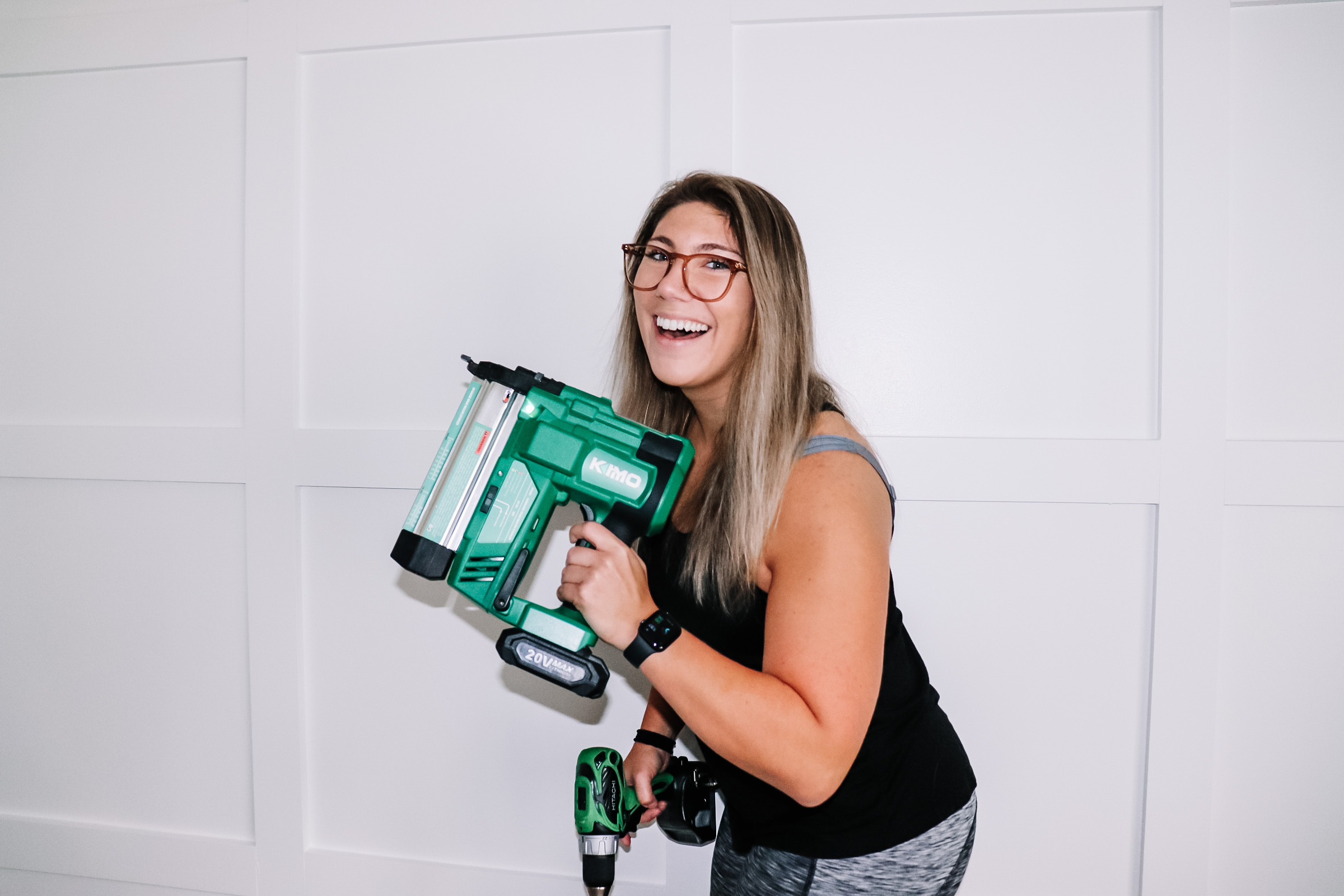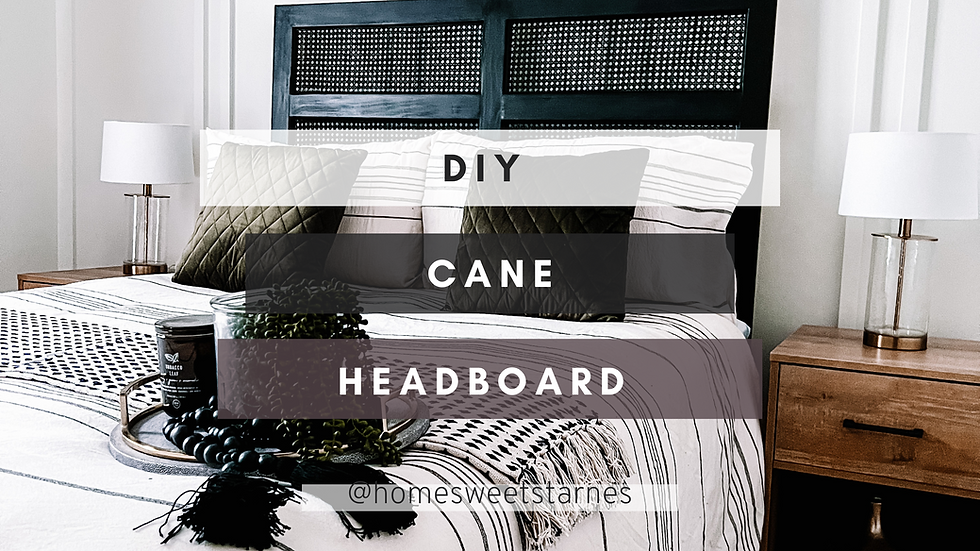DIY Textured Art Tutorial
- Arianna Starnes

- Jan 21, 2022
- 2 min read
Updated: Aug 31, 2022
Large sized canvas can get pretty expensive and unique wall art is even more expensive .. so why not DIY it?

Tutorial
Tools + Materials Used:
Brad Nailer / Staple Gun
Staples and Nails
Drop cloth (this will be used as your canvas)
Joint Compound
Putty Knife
Wood Putty
Sand Paper or Sander
Paint
1x2 Wood Trim for canvas frame and outer frame
Step 1: Create Initial Frame
You can avoid this step entirely if you rather buy a pre-made canvas but because I was making multiple at larger sizes I wanted to cut costs. If you are looking for ease over expenses than I would saying buying canvas or even going over an existing painting/canvas is the way to go!
Cut the 1x2 Wood Trim
Cut the wood trim with your miter saw. For the interior frame I did not cut a mitered edge because it would not be seen so I just did a blunt cut.

Each interior frame will need 4 cuts of wood.
*Keep in Mind: If you are making mitered cuts and want a true square, all 4 of your wood pieces can be cut to the same length. If you are doing blunt cuts remember to factor in the width of the wood on either side.
Example Below: the total side length will be = L1 + w1 + w2

Assemble the Trim into the Frame
Connect your 4 trim pieces with either brad/finish nails or pocket holes.
Use a square or corner clamp to create a perfect 90 degree joint.

*To create pocket holes, I recommend using a Kreg Jig
Pocket Hole Examples Below:
Mitered Cut vs. Blunt Cut
Step 2: Create Canvas
Wrap the Canvas Frame
Take your tarp and cut the sheet at least a few inches larger than your frame (make sure you have enough to wrap around and staple to frame)
Use clamps to hold fabric tightly on the frame edges. Use stapler to attach canvas to one edge of the frame initially. As you work on each edge make sure you are pulling canvas very tightly before stapling to avoid any drooping.
Step 2: Texturize Canvas
Create Canvas Texture
Using a putty knife, scoop joint compound and spread onto canvas.
Layer the joint compound and spread in different directions for more texture. Do this until most of the canvas is covered and you are satisfied with the texture you have created.
Use different tools to create unique markings like stripes/scratches for a more natural look.
Let dry for recommended time on the joint compound directions.

Paint Canvas
Using interior paint, paint the dried textured canvas. I chose to paint mine all white using Sherwin Williams Alabaster Interior paint.

Step 3: Frame Canvas
Using the same wood cutting technique from above, cut 4 pieces of wood trim for a frame. I highly recommend doing mitered cuts because your exterior frame will be visible.
The short side of your miter should be the same length as your canvas length.
Dry fit your frame pieces together with clamps around your finished canvas to make sure frame fits correctly.
Connect your mitered edges with brad/finish nails
Using brad/finish nails, connect the exterior frame to the interior canvas frame.
Once nailed, cover up the nail holes with wood putty.
Sand the dried putty and frame
Paint or stain your frame
Hang Finished Artwork!













Comments